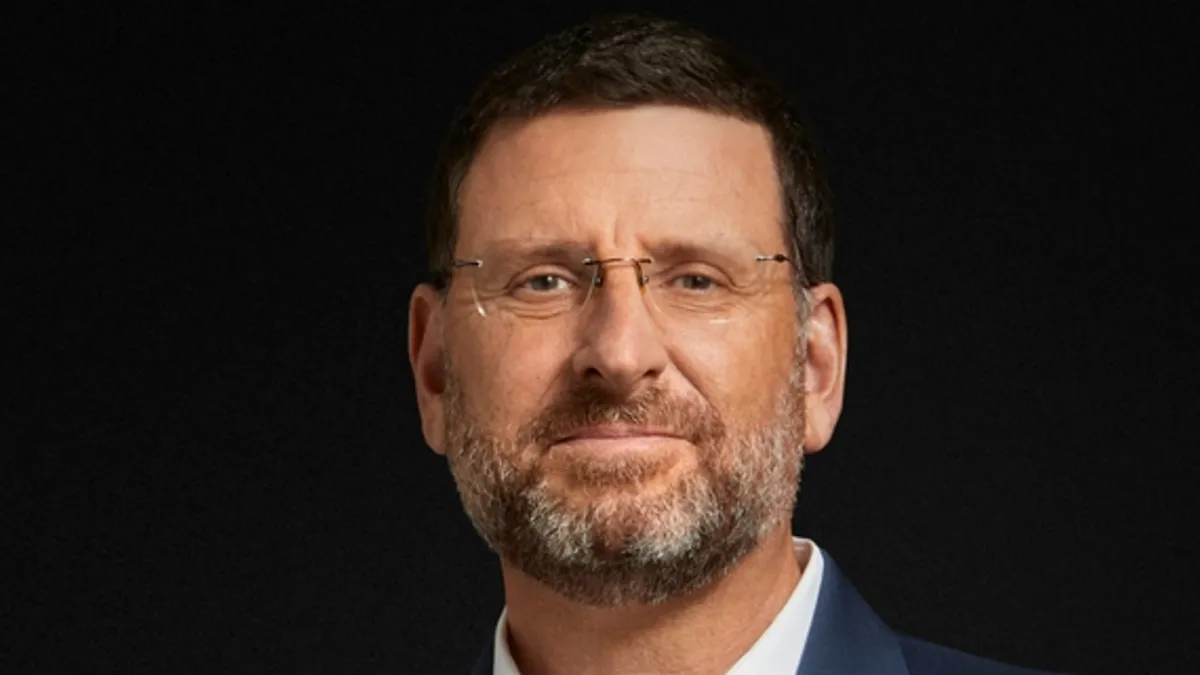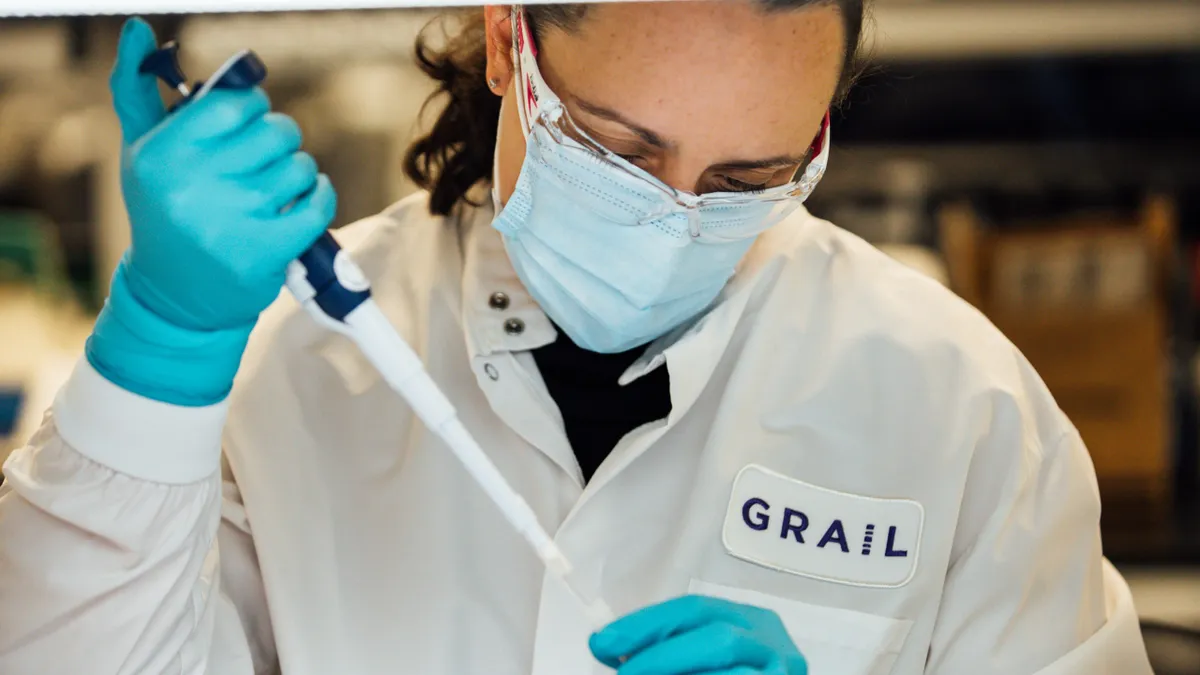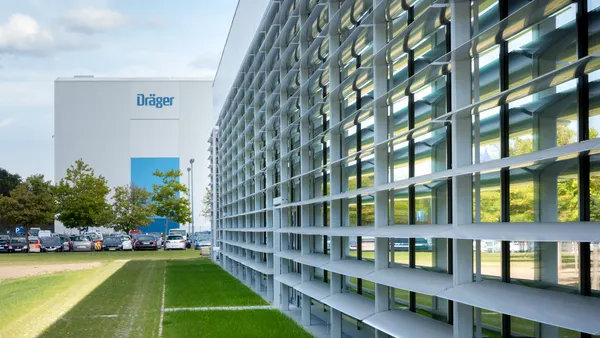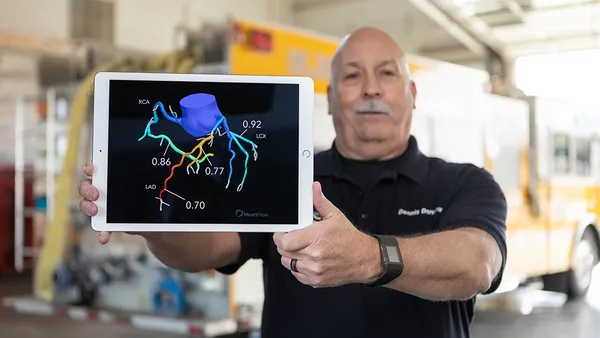Intuitive Surgical’s da Vinci 5 robot launch, still in a limited phase, helped drive strong U.S. system placements in 2024, CEO Gary Guthart told investors Wednesday at the J.P. Morgan Healthcare Conference.
Since launching da Vinci 5 at the end of the first quarter last year, 362 systems have been placed with customers and more than 32,000 procedures performed on the platform, Guthart said. The rollout gained momentum in the fourth quarter, with 174 new systems placed in the period alone.
“We think we've brought some first-of-their-kind technologies into the surgical field at scale,” Guthart said in the presentation. “And I think that is generating some of the excitement in early adoption.”
Intuitive preannounced fourth-quarter financial results ahead of its presentation that beat analysts’ average expectations for total revenue, system placements and procedure growth, according to Truist Securities. Investors sent the company’s shares up nearly 8% on Wednesday to close at $580.11 on Nasdaq.
The fifth generation of Intuitive’s flagship robot was a decade in the making and incorporates numerous advancements, such as design changes to improve workflow efficiency, force feedback technology, which allows surgeons to sense the instrument pressure applied to a patient’s tissue, and computing power that is 10,000 times greater than the system’s predecessor.
The company and its suppliers are now expanding capacity to support a full launch this year, including in global regions, and a software update is also planned, Intuitive executives said. About 40 procedure types have been performed with da Vinci 5 to date, and Intuitive is gathering feedback from surgeons as it prepares for the broader launch.
In describing some of the surgeon input the company has received, Guthart acknowledged the new robot’s force feedback feature is controversial. “I think that’s fine,” said Guthart. “Some surgeons will passionately say, ‘It doesn't matter.’ And they may be right, but I don't think so.”
A “drumbeat of publications” is expected as surgeons research the technology’s impact, he noted. One surgeon relayed that the ability to feel tissue rather than relying solely on visual cues is a “transformational improvement” for robotic surgery, Guthart said.
“Not every peer will agree,” he added, “but time will tell.”
Promise of AI
The robot’s increased computing power, built with chip maker Nvidia, will support Intuitive’s machine learning and artificial intelligence technologies, the CEO said. The capabilities are expected to improve training and allow surgeons to evaluate their performance.
“You'll see sequential releases from us in augmented reality, in data analytics, in machine learning and telemedicine,” Guthart said. “We put a bunch of compute power in. Now is the time to start taking advantage of that compute power for the benefit of surgeons and for patients.”
Finding correlations between good surgical technique and outcomes will open automation opportunities, said Guthart.
Intuitive systems currently facilitate an exchange of control between the surgeon and the robot that executes the surgeon’s intent. “So we’re already taking those steps,” Guthart said.
Overall, Intuitive placed 493 da Vinci surgical systems in the fourth quarter, compared with 415 in the same period a year ago, according to the company’s preliminary results. Worldwide da Vinci procedures grew about 18% from a year ago. Fourth-quarter revenue rose 25% year over year to about $2.41 billion.












